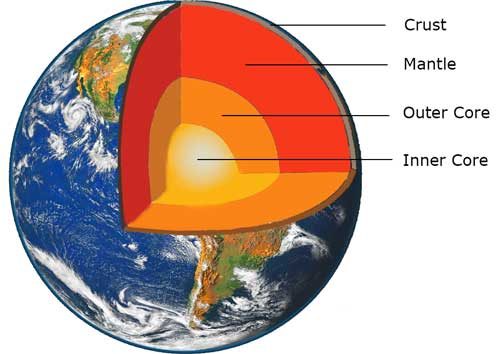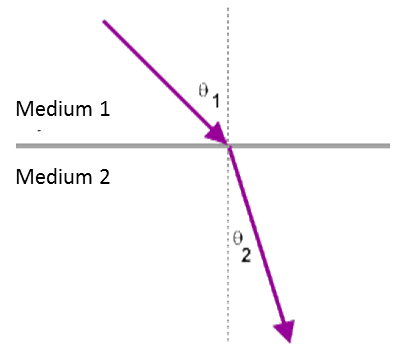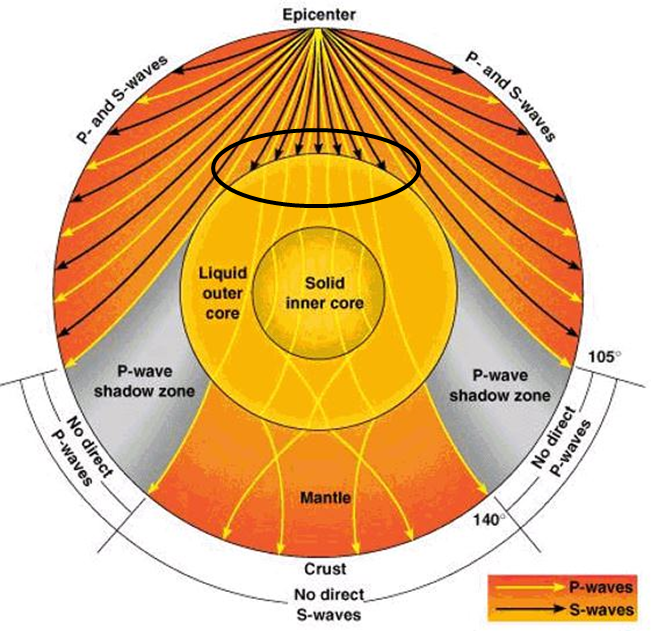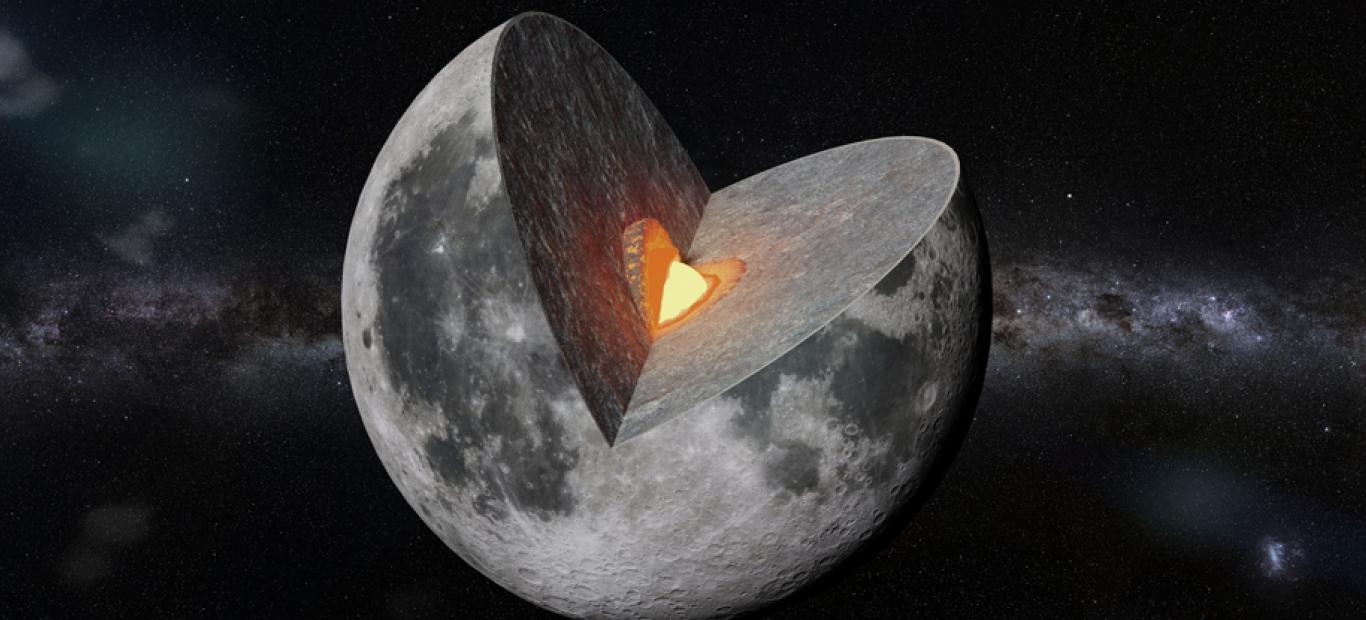How we know the layers of the earth that can not be penetrated by drilling?

Figure 1: Layer of the Earth
SIt is only natural for us to know the layers of the earth as in Figure 1, but did you know that drilling can only penetrate a small part of the earth's crust? So how do we know the layers of the earth to the core of the earth? The answer is by seismic waves.
Every human being on this earth must be familiar with earthquakes. However, not many people know that the seismic waves generated by earthquakes hold very important information.
Seismic waves consist of 2 types, body waves (waves that propagate within the earth's surface) and surface waves (waves that propagate over the earth's surface). Surface waves are waves that often cause a large impact when an earthquake occurs, while body waves are waves that are a "data source" for examining the earth and its contents.
Figure 2 shows a body wave that consists of 2 types, P wave (primary) and S wave (secondary). P waves always appear faster than S waves. Not only from the time they appear, but these two waves have different properties in terms of their medium of propagation. P waves can pass through in any medium (solid or liquid), while S waves cannot pass in liquid medium.
.png)
Figure 2 a body wave based on the time they appear
Almost all earthquakes can be detected through a detection device called a seismograph. From this seismograph, it can be seen when it occurred, where it occurred, and the magnitude of the earthquake. A scientist named Mohorovicic analyzed the information contained in the seismograph and concluded that when seismic waves pass through a different medium, they will deflect (Figure 3) like light waves when passing through a prism.

Figure 3 Deviation of the wave when passing through different mediums (?1??2)
In accordance with the nature of seismic waves that will bend if they pass through a medium that has different properties, previous scientists examined data obtained from seismographs around the world by detecting where the P and S waves propagate. Figure 4 shows that many wave bends occur (multiple refraction), a real example is the existence of the "P-wave shadow zone", namely the area where the P wave does not appear due to deflection of the wave due to its propagation medium. As a result of this very unique wave propagation, scientists conclude 3 layers of the earth, namely the crust, mantle and core.

Figure 4 P and S waves propagate from the mantle to the core,
Then how about determining whether the layer is solid or liquid? The answer is of course is to analyze the S wave. Figure 4 explains how S waves cannot appear in certain zones, this is due to the "blocking" of the waves due to the medium represented by S waves (black circles). It can be seen that when the P and S waves propagate from the mantle to the core, there is something that causes the propagation of the S waves to be interrupted. From these results, scientists conclude that the earth's core is a solid (inner core) which is covered by a liquid outer (outer core)
The deepest drilling ever carried out by humans is ± 12 km deep. Drilling cannot be done deeper because the temperature and pressure are already very extreme. The depth of this drilling is still far from being able to penetrate the earth's crust (the depth of the earth's crust is around 20-70 km) let alone the mantle (± 2800km thick mantle) and the earth's core (± 2700-3300 km thick below the mantle).
Reference:
Researchgate.net
Science4fun.info
Dev.physicslab.org
Pfmias.com
Author





 61251
61251



 18 Jun 2019
18 Jun 2019 10526 kali
10526 kali





